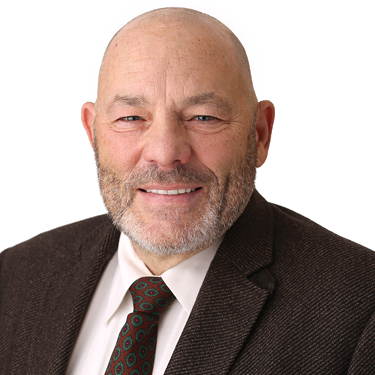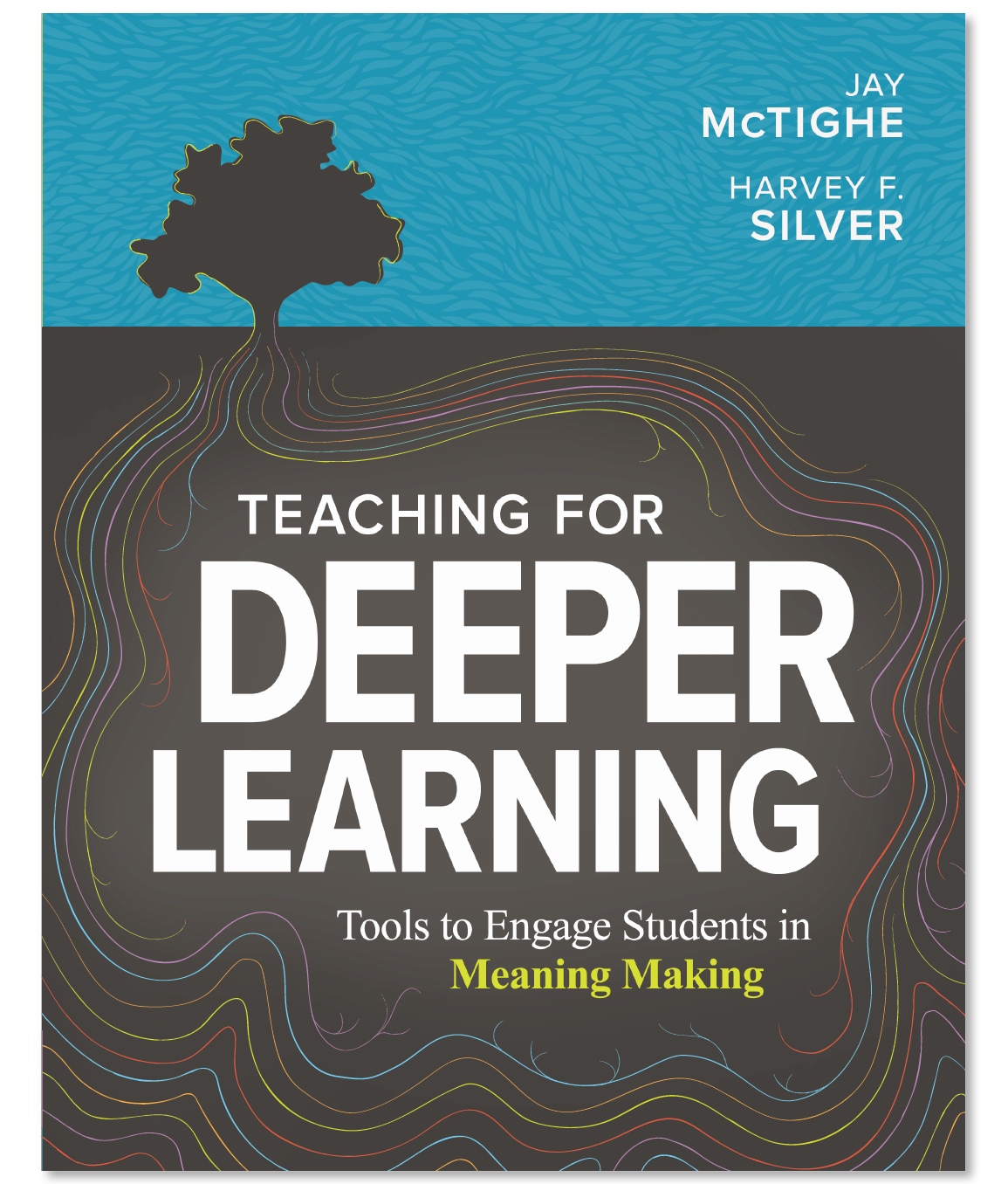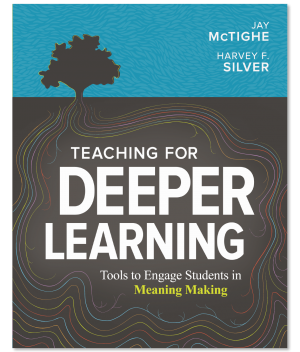Why Aren’t Students Learning Deeply and What Can We Do About It?
| by Harvey F. Silver | February 26, 2020 |
All educators want their students to learn well and deeply. Yet, as Jal Mehta and Sarah Fine’s In Search of Deeper Learning (2019) makes clear, deep learning is rare in our schools—even when researchers are actively searching for it and even in schools that express a strong commitment to promoting it.
Why aren’t students learning deeply? In our new ASCD book, Teaching for Deeper Learning (2020), Jay McTighe and I have identified two main reasons behind the “deep learning deficit” that haunts our schools. The first reason is too much teacher talk. Visit most classrooms and the voice you will hear dominating the discussion is the teacher’s. Indeed, far too many classrooms are built on the mistaken premise that the teacher is responsible for imparting all knowledge. Students, in this construction, are viewed as empty vessels waiting to be filled with information, rather than meaning makers engaged in the active processing of content. The second reason behind the deep learning deficit is too much content. The pressure to cover content comes in many forms and from many sources: curriculum guides with an exhausting number of content standards, textbook-driven curriculum, pacing guides, quarterly benchmarks assessments, high-stakes tests, and teacher evaluation frameworks that encourage surface-level learning targets that can be assessed quickly after a short period of instruction. Put it all together and the result is that we are pushing teachers to teach faster than most of their students can learn.
So that’s a quick version of the why behind the deep learning deficit. The more important question is found in the second half of the title of this article: What can we do about it? In Teaching for Deeper Learning, Jay and I propose two shifts that schools need to make to overcome these challenges and create classrooms and school cultures that promote deep learning for all students:
- To address the challenge of too much teacher talk, schools need to shift their instructional focus from telling, which promotes passive learning, to engaging students in active meaning making.
- To address the challenge of too much content, schools need to shift from covering everything to framing curriculum and instruction around big ideas and core concepts.
I can hear you thinking, Easier said than done. And I get it—the idea of making these two shifts may seem difficult. But it doesn’t have to be. In Teaching for Deeper Learning, Jay and I show you how to make these important shifts without reinventing your practice. At the heart of the book are seven thinking skills that all teachers can readily integrate into instruction and that give students real opportunities to become active meaning makers, as opposed to passive learners. For each of the seven skills, we provide you with practical, ready-to-use instructional tools that you can use tomorrow to develop the thinking skills in your classroom. And we show you how to select tools strategically and integrate them seamlessly into your instructional designs so that your lessons, units, and everyday practice all engage students in the kind of active learning and conceptual thinking that leads to deep understanding. By making a commitment to teach this way—by encouraging students to think conceptually and developing their capacities to make meaning for themselves—you can ensure that students will be able to learn almost any content deeply and transfer today’s learning to new contexts beyond the classroom, which is the ultimate goal of education in any age.




